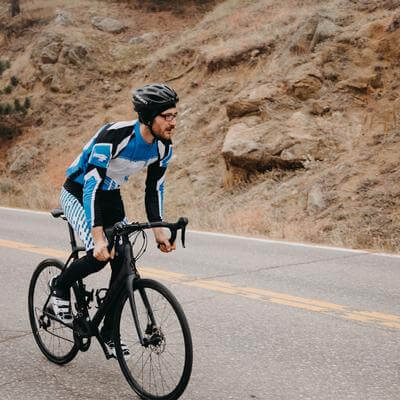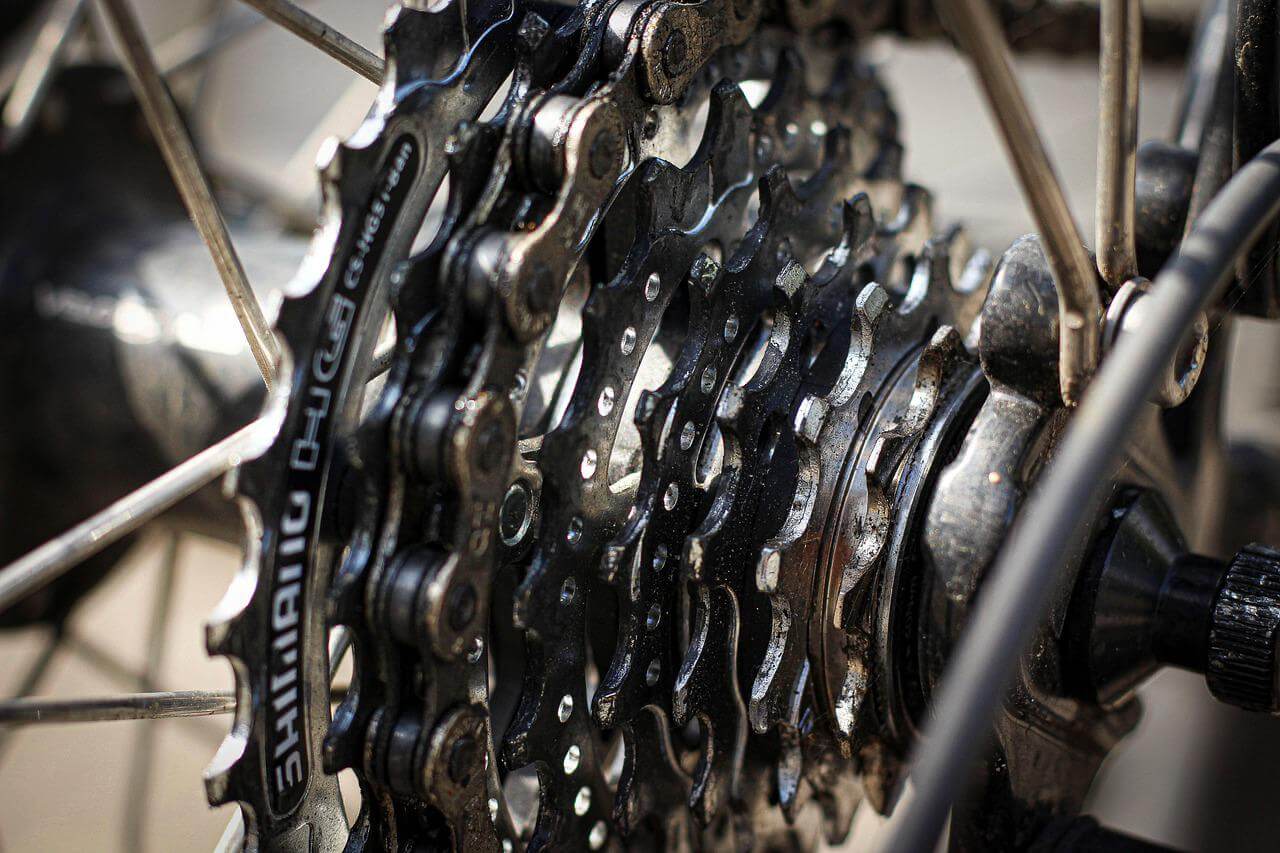A major fraternity of cyclists in India finds long distance cycling quite interesting and fascinating. While the minor part loves racing, endurance cycling in India is growing by leaps and bounds. Many cyclists are participating in brevets that are now known as the bread and butter of most endurance cyclists. These centuries, double century and brevets provide them an opportunity to challenge their mental and physical efficiency. But we all know they are not easy and one cannot take them for granted.
Below are a few endurance cycling mistakes that we all make or made at some point in time. Avoiding these mistakes while you train, ride or prepare yourself for an endurance ride will take you a long way.
Putting in the miles:
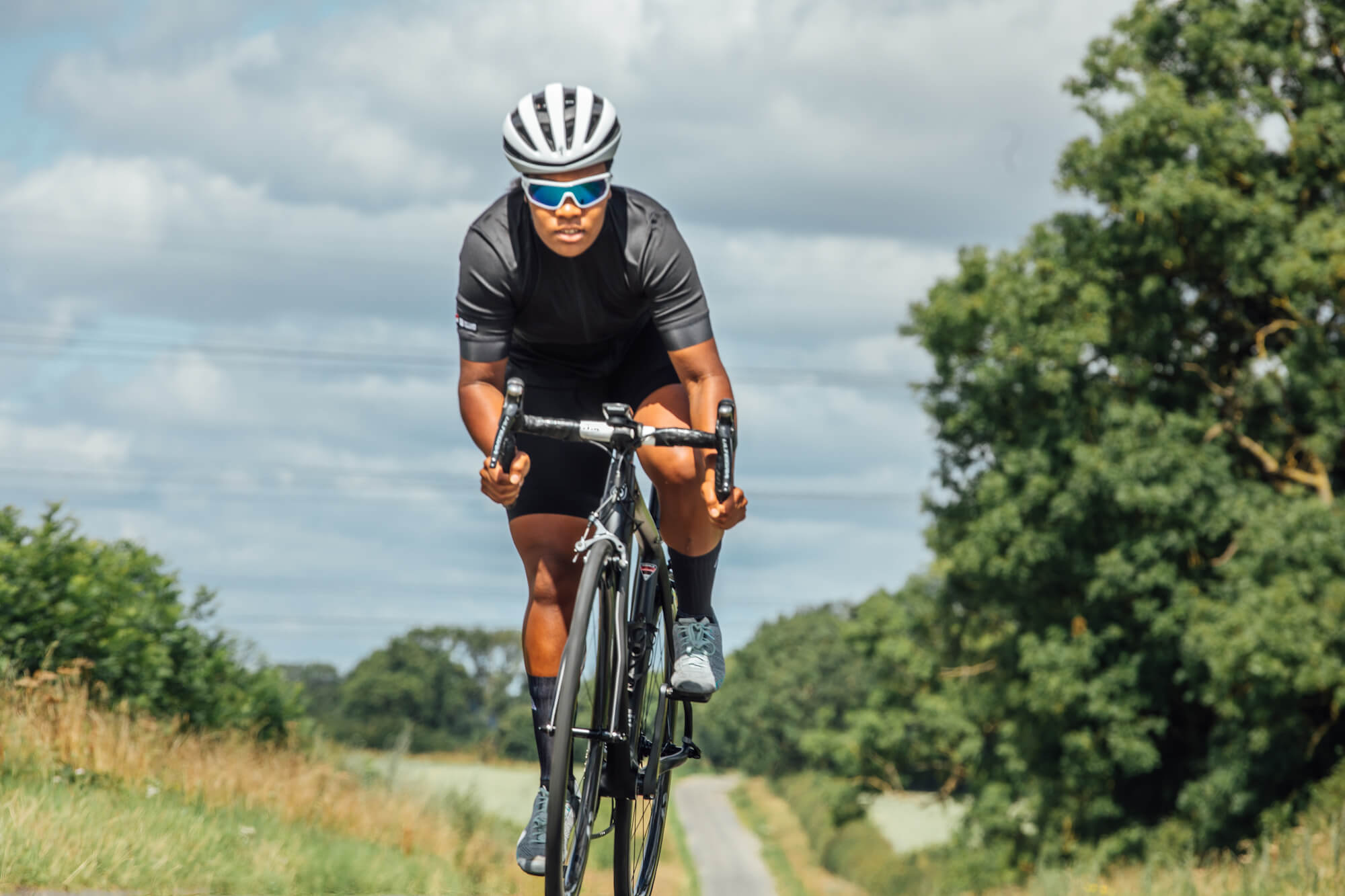
A common mistake everyone makes is to just put in the miles. Cyclists are under the notion that, the more miles, the better. They believe they can withdraw them later as endurance, even faster endurance. However, this approach is wrong, boring and a waste of time!
If you are looking to get faster, ride faster. Focus, at least, one or two days on the high-intensity workout as it is a part of endurance training. Interval training against the clock, hill repeats or even spinning class will be very effective. Riding with cyclists who are much faster than you can be useful in getting faster and better. So practice regularly and give your best; this will ensure you don’t get dropped.
Putting in slow miles:
While endurance cyclist enjoys long miles, some even get confused between slow and steady as they put in those miles at an easy intensity.
When you are thinking of riding long distance, keep your pace steady and maintain a good average pace. Don’t dilly-dally while you are refuelling, checking your bike computer, fixing a flat or so on. Use your heart rate monitor, power meter or your bike computer to maintain an average speed. Besides, riding steadily does not always mean you need not push sometimes.
Failing to mix it up:
Most of us will agree, we all do the same workout on the same day, week after week. So forget about having a pre-planned schedule. Forget doing speed intervals on Tuesdays and hill-climbing on Wednesdays. Break free from your routine schedules and get in a variety and quality training that is necessary. Days really don’t matter when it comes to doing your workout, just recover in time for the next workout or the next event. Also, don’t skip your weekdays training with the intention of making it up on your weekends.
Many of the riders are used to cycling longer distances on weekends as more time is available. The best way to go about this is to mix your weekdays to avoid ruts. Ride long distance on some weekends followed by a recovery ride or intervals. You could also consider doing back-to-back long rides. While on some weekends you should just relax with your family after doing a fast ride.
Recover well:
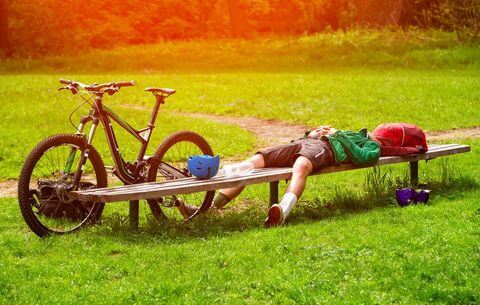
Most of the times, we athletes overdo things and skip our so-called “rest days” and “recovery rides” that are equally important as well. While training, you’re either improving by pushing yourself or recovering by resting or going easily so that you’re ready to push yourself again. So use mid-level intensity during long-distance training and during the rest of the time, either hammer or go very easy. You could also prefer not riding at all. Make sure your every week riding includes one true recovery ride and one day of complete inactivity.
In case, if you have not recovered completely, you are oath to feel your heart rate elevated. During such days, park your bike and rest another day; training on tired legs is a waste of time. The point is to keep building, ever higher!
Staying on the Bike All the Time
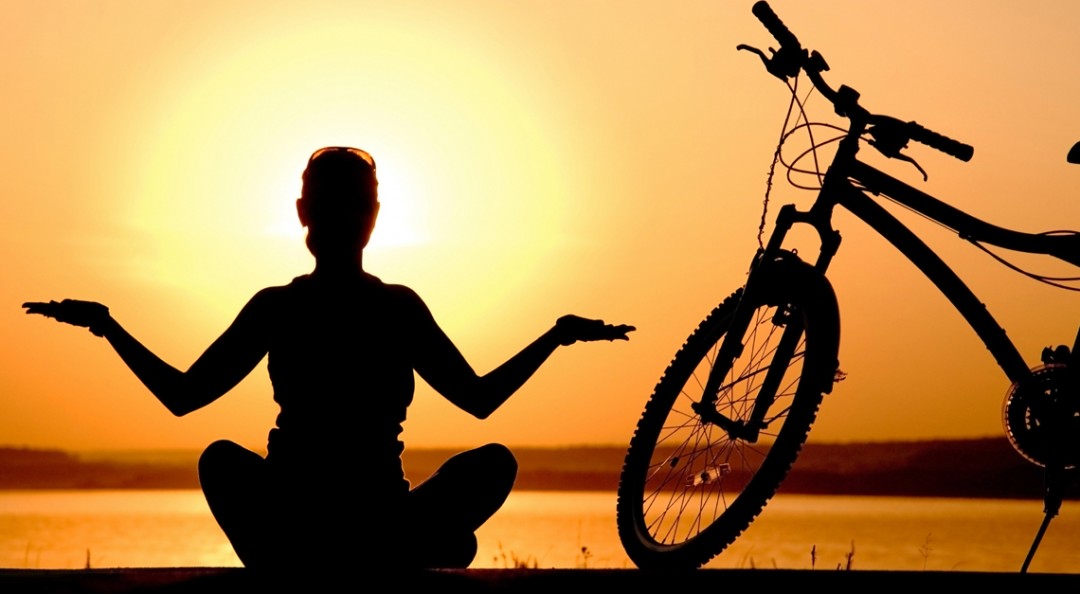
Staying on the bike is not the only way you can get faster, build your endurance as well as improve overall health and fitness.
Shocking your body with cross-training can be a good idea to get yourself to a higher level. If you happen to be overweight endurance cyclists, cross training can take you a long way in achieving your fitness goals. On-the-bike cross-training variations are great, too: mountain biking and spinning classes can do wonders for your road riding.
Indulging in exercises such as yoga, Pilates or strength training can give faster results. Think of it as filling in the blanks that are left by the huge volume of sports-specific training done on the bike. You could also consider running or swimming that compliment cycling and help increase overall joint, muscle and connective tissue health.
Avoid the above mistakes and you should be able to complete centuries, double centuries and brevets with a smile and confidence. Enjoy!
Editor: Nigel Buthello


